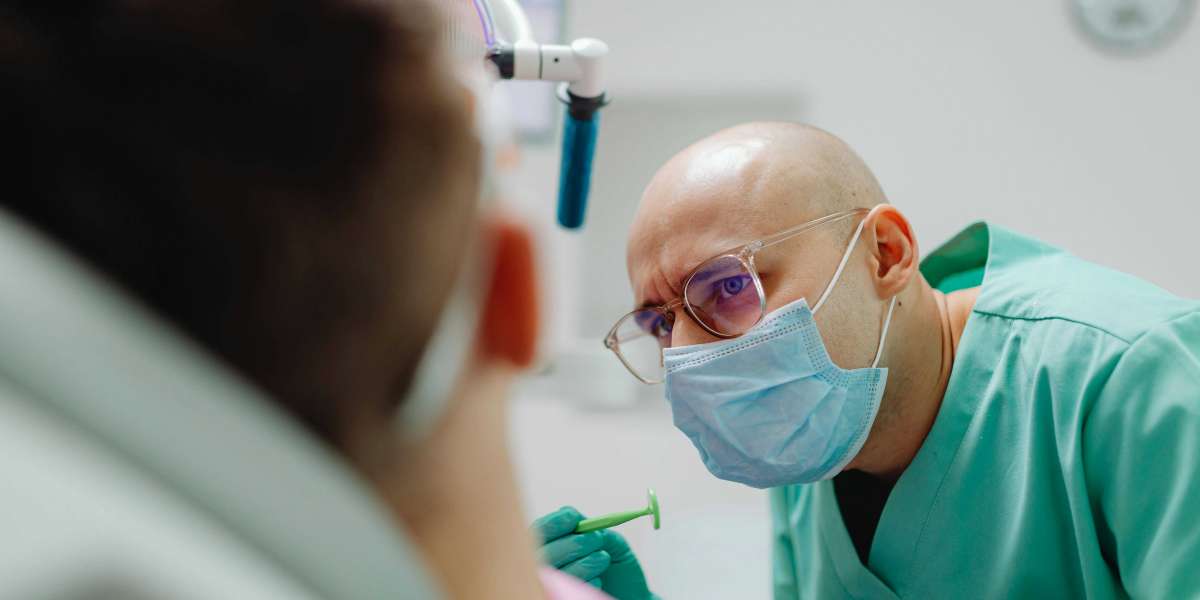In the contemporary operating room, precision is no longer a preference—it is a prerequisite. The complexity of surgical interventions demands tools that provide clarity, confidence, and control. Navigation in Surgery has emerged as a transformative advancement in this space, blending cutting-edge imaging with real-time intraoperative guidance. This integration dramatically reduces variability and risk, leading to safer, more predictable outcomes.
A key innovator in this field is HRS Navigation, a company dedicated to refining surgical practices through advanced technological systems. Known for its flagship easyNav™ platform, HRS Navigation delivers intuitive, real-time surgical navigation tools specifically crafted for cranial, spinal, and ENT procedures. These tools are designed to enhance surgeon capabilities and ensure optimized clinical results.
What Is Navigation in Surgery?
Navigation in Surgery refers to the use of computer-assisted systems that enable real-time, image-guided navigation during complex procedures. These platforms act as intraoperative GPS systems, allowing surgeons to track instruments and anatomical structures with millimetric accuracy.
The objective is straightforward: minimize guesswork, maximize precision. Whether it's locating a tumor deep within the brain or navigating intricate ENT structures, surgical navigation ensures the surgeon always knows exactly where they are and where they need to go.
How Surgical Navigation Systems Work
At its core, a surgical navigation system integrates preoperative imaging—such as MRI or CT scans—with real-time tracking sensors attached to surgical instruments. These components feed into a central navigation console that displays a dynamic 3D model of the patient’s anatomy.
Here’s a simplified workflow:
Image Acquisition: High-resolution scans are performed preoperatively.
Registration: The patient’s anatomy is digitally aligned with these images using surface mapping or fiducial markers.
Tracking: Sensors on surgical tools transmit data, updating their location in real time.
Guidance: The display guides the surgeon with overlays, trajectories, and alerts.
This continuous feedback loop drastically reduces the chance of surgical deviation, improving intraoperative accuracy and postoperative outcomes.
The Clinical Importance of Real-Time Surgical Guidance
Real-time navigation provides a level of situational awareness that was once unthinkable. For instance, in spinal surgeries involving hardware implantation, even slight misplacement can result in severe complications. Navigation mitigates this risk by providing visual and spatial confirmation throughout the procedure.
In delicate neurosurgical cases, avoiding critical structures such as blood vessels and neural pathways is paramount. Navigation in Surgery supports safer resections and preserves function. According to the National Library of Medicine, neuronavigation has been linked to significantly lower rates of residual tumor and improved survival in glioma surgeries (source).
The precision afforded by navigation also supports minimally invasive techniques. With smaller incisions and less tissue disruption, patients experience reduced postoperative pain, faster recovery, and lower infection rates.
Applications Across Specialties: Cranial, Spinal, and ENT Surgeries
The versatility of Navigation in Surgery becomes evident when exploring its cross-specialty use:
Cranial Surgery: From tumor resections to epilepsy treatment, surgical navigation helps neurosurgeons navigate the intricate terrain of the brain. It allows precise mapping of eloquent brain regions, minimizing the risk of cognitive or motor deficits.
Spinal Surgery: Pedicle screw placement, spinal decompressions, and fusion surgeries benefit greatly from navigation. Surgeons can ensure alignment and reduce the risk of nerve damage or implant failure.
ENT Surgery: Sinus and skull base surgeries are enhanced through the detailed visualization provided by navigation. Surgeons can operate close to critical structures such as the optic nerve and carotid artery with greater confidence.
HRS Navigation’s easyNav™ system is engineered specifically for these domains, providing surgeons with a streamlined, adaptable platform that responds to the nuanced requirements of each specialty.
Technology Spotlight: Tools Powering Navigation in Surgery
Several core technologies drive the functionality of surgical navigation systems:
Optical Tracking: Uses infrared cameras and reflective markers to track instrument position.
Electromagnetic Tracking: Enables navigation even when a line-of-sight is obstructed—ideal for deep or minimally invasive surgeries.
Augmented Reality (AR): Some systems now overlay digital models directly onto the surgical field through head-mounted displays or AR-compatible screens.
Robotic Integration: Robotic arms, when paired with navigation platforms, provide unparalleled stability and precision, especially in orthopedic and spinal procedures.
The easyNav™ system incorporates both optical and electromagnetic technologies, allowing for seamless operation across different surgical environments. Its intuitive interface and responsive feedback empower surgeons to maintain focus and control without interruption.
Clinical Evidence and Case Studies Supporting Navigation in Surgery
Clinical validation is critical for any surgical innovation. Studies have consistently demonstrated the value of navigation systems in reducing complications and improving outcomes.
A pivotal multi-center study published in the European Spine Journal found that navigation-assisted spinal surgeries reduced malpositioned pedicle screws by 94% compared to traditional freehand methods. Similar studies in cranial surgery show increased tumor resection rates without compromising patient safety.
Government health agencies, including the U.S. Food and Drug Administration (FDA), have approved various navigation systems for use in neurosurgical and ENT applications, citing their ability to significantly enhance intraoperative accuracy.
Moreover, hospital systems adopting navigation platforms report lower surgical revision rates, contributing to overall healthcare cost reductions and improved patient satisfaction.
Future Perspectives: Artificial Intelligence, Robotics, and Beyond
The future of Navigation in Surgery lies at the intersection of machine learning, big data, and robotics. AI algorithms will soon analyze anatomical variations in real time, offering predictive guidance to surgeons. Preoperative planning software may use patient-specific data to recommend optimal surgical paths and risk mitigation strategies.
In robotic-assisted surgery, integrated navigation systems will ensure sub-millimetric movements with absolute consistency, opening the door to procedures previously deemed too risky or complex.
Cloud connectivity is another frontier. Platforms like easyNav™ are expected to evolve with cloud-based storage and analytics, allowing surgeons to review, share, and refine surgical techniques collaboratively across institutions.
These advancements will not only support surgical precision but also foster a more intelligent, learning-oriented surgical ecosystem.
Conclusion: Redefining Surgical Precision for a Safer Tomorrow
Navigation in Surgery is no longer an optional enhancement—it’s fast becoming a foundational component of modern surgical practice. From reducing complications and improving accuracy to enabling new surgical frontiers, the benefits are undeniable.
Through its innovative easyNav™ systems, HRS Navigation continues to shape the surgical landscape, empowering clinicians with the tools they need to navigate the complexities of human anatomy safely and effectively. As technology advances, the promise of safer, smarter, and more efficient surgeries becomes not just possible—but inevitable.
In an era where precision defines success, surgical navigation stands as a beacon of progress in the operating room.






